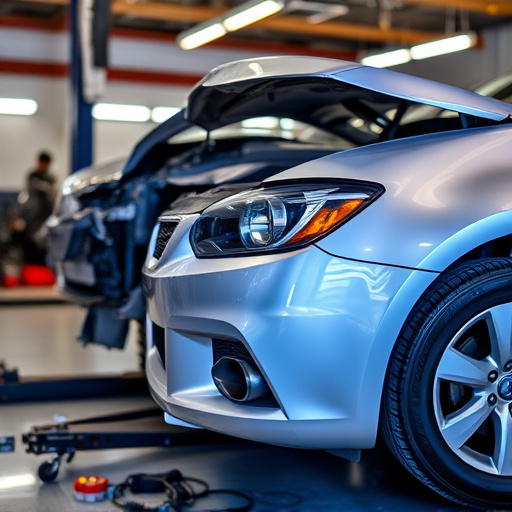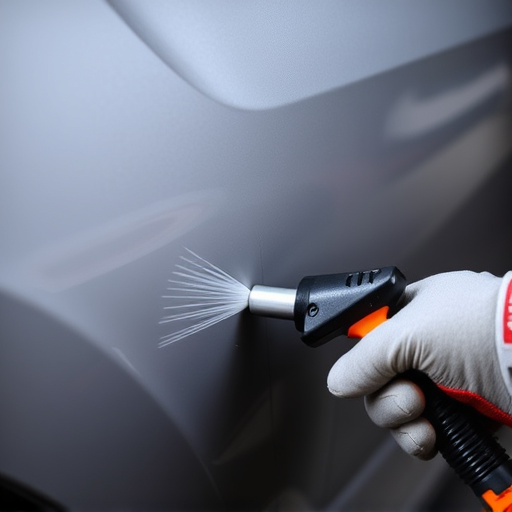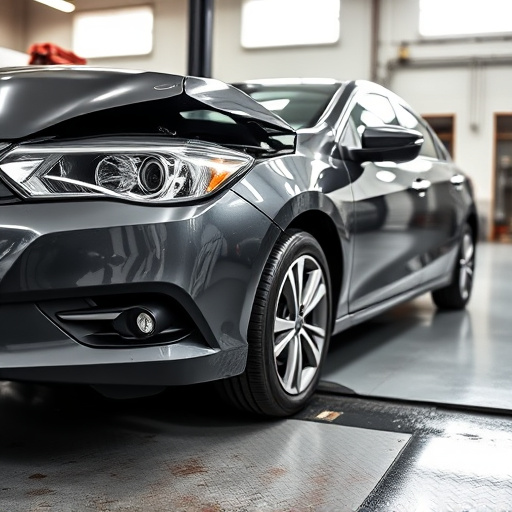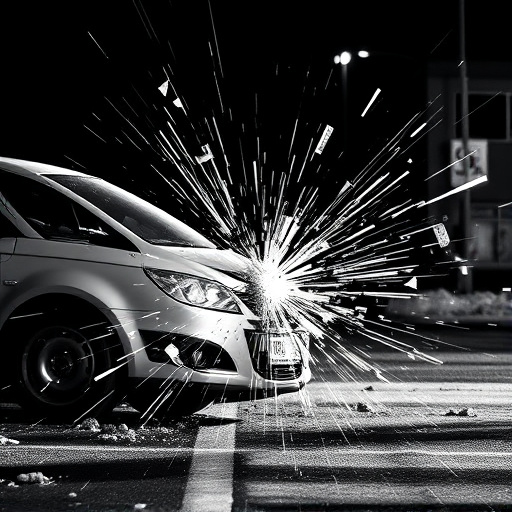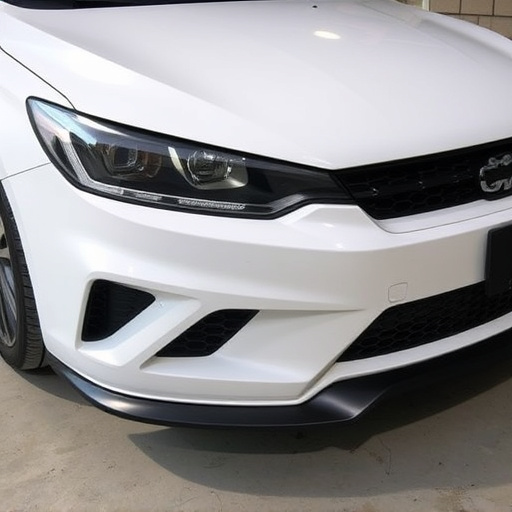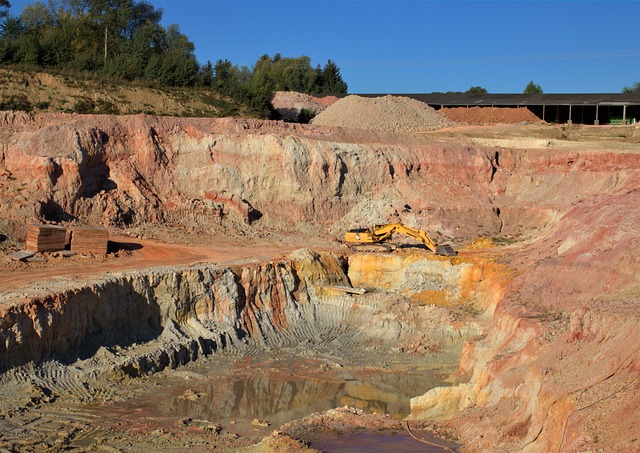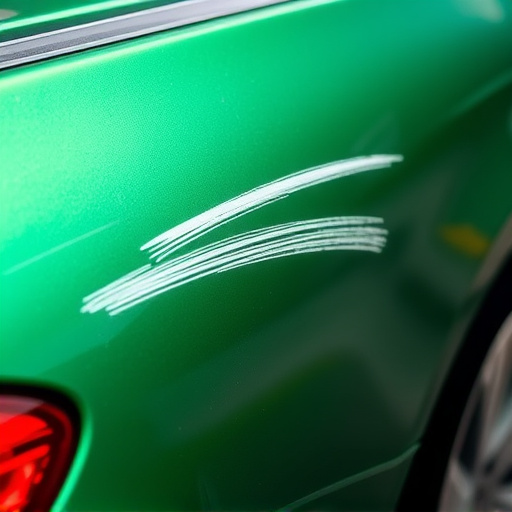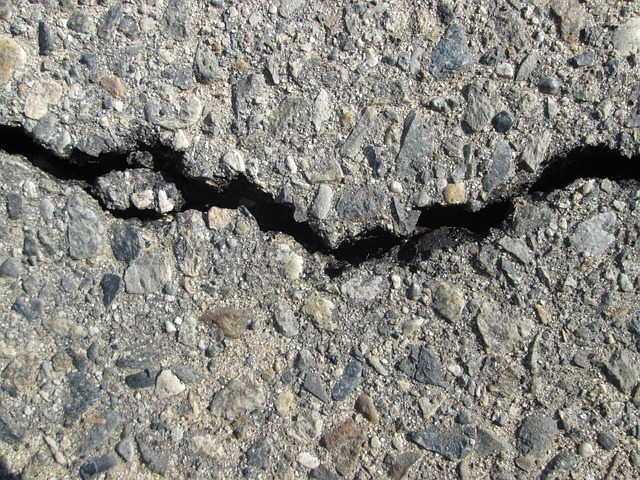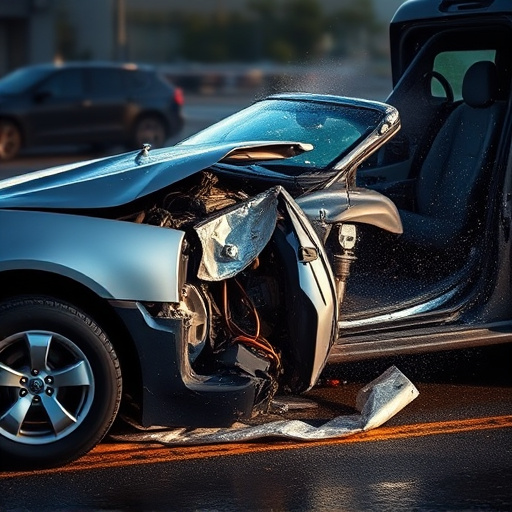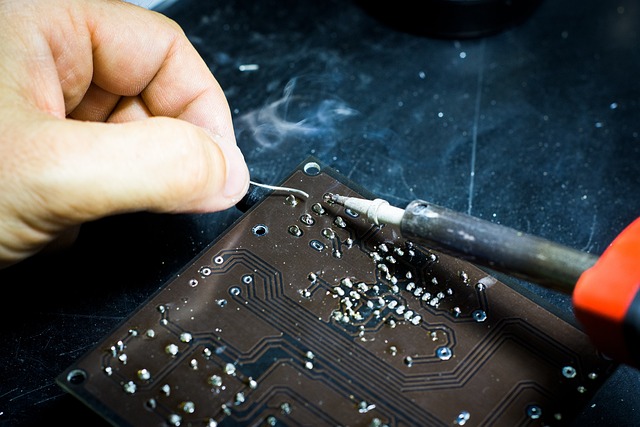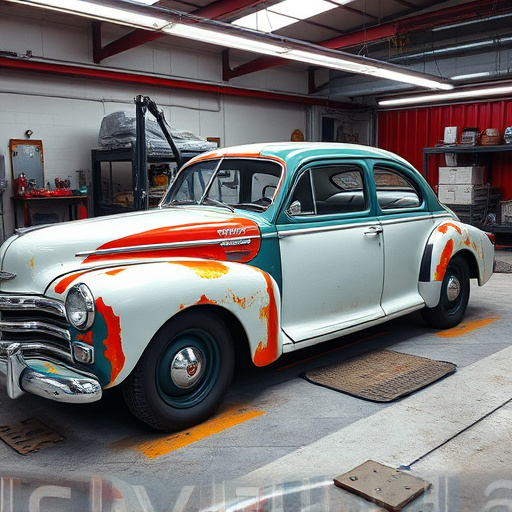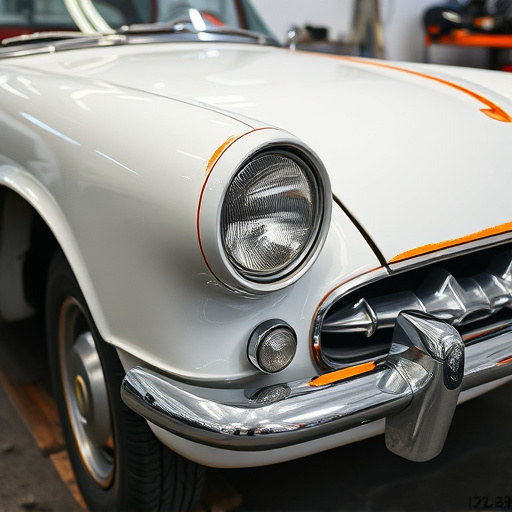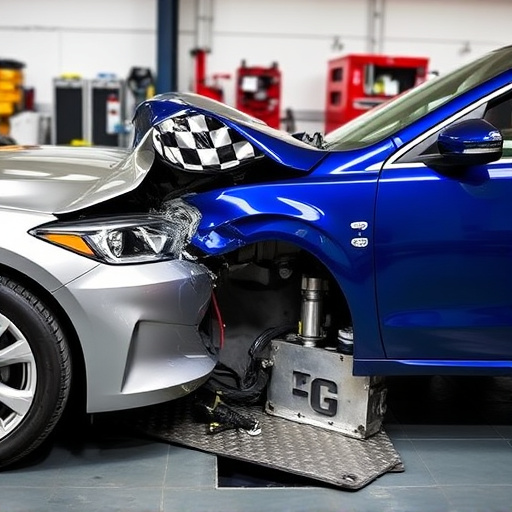Understanding Tesla collision repair timelines is crucial for owners facing unexpected setbacks, with minor repairs taking 3-5 days and extensive collisions with structural damage potentially taking several weeks or months. The average repair duration varies based on vehicle model (Model 3/Y vs Model S/X), damage extent, parts availability, technician scheduling, and external factors like weather. Skilled technicians and backlogs can further extend the process. Setting realistic expectations for Tesla collision repair time frames helps owners plan accordingly, including considering alternative transportation during restoration.
“Uncovering the intricacies of Tesla collision repair time frames is essential for both vehicle owners and the brand itself. With demand soaring, understanding average repair durations for common Tesla models becomes vital. This article delves into the factors affecting repair times, examining Tesla’s official estimates and the challenges posed by scheduling backlogs. We explore strategies to optimize collision repair efficiency, highlighting technological advancements, training, and certification efforts, all while catering to evolving customer expectations.”
- Understanding Tesla Collision Repair Time Frames
- – Average repair times for common Tesla models
- – Factors influencing collision repair duration
Understanding Tesla Collision Repair Time Frames
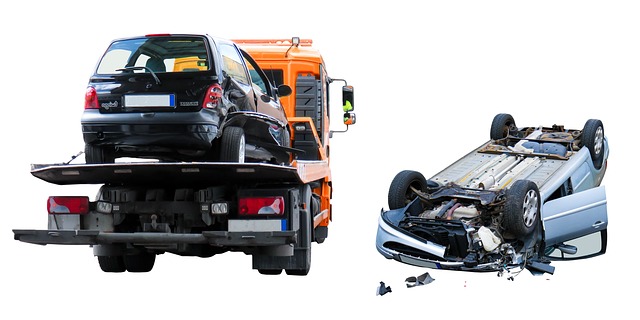
When it comes to Tesla collision repair, understanding the typical time frames is essential for owners navigating through unexpected setbacks. The process can vary significantly depending on the severity of the damage and the specific model year of the vehicle. Generally, minor repairs like dent removal or paintless dent repair can be completed within a few hours, making them convenient options for quick fixes.
For more extensive collisions involving structural damage, replacement parts, and comprehensive car body restoration, the timeline extends considerably. Tesla dealerships are known for their meticulous attention to detail, which while impressive, contributes to longer wait times. Backlogs in auto collision repair, especially for popular models, can lead to delays of several weeks or even months. Owners should anticipate these potential delays when scheduling auto repair services and consider alternative transportation options during the restoration process.
– Average repair times for common Tesla models
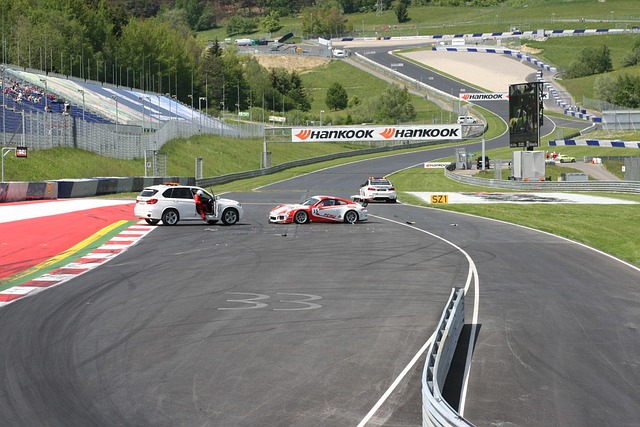
The average Tesla collision repair time frame can vary significantly depending on several factors, including the model of the vehicle, the extent of the damage, and the availability of parts. For instance, common models like the Tesla Model 3 or Model Y often have quicker turnaround times due to their more modular designs, with repairs ranging from 3-5 days for minor incidents. More complex structures such as the Tesla Model S or Model X might take longer, sometimes up to a week or more, especially if structural repairs are required.
While collision repair for Teslas follows industry standards, these vehicles’ advanced technology and unique design elements can introduce complexities. For example, the use of specialized materials and systems requires specific training and equipment for technicians. Furthermore, backlogs in parts supply or scheduling conflicts within the shop can extend the car collision repair process, leading to longer waits for owners eager to get their vehicles back on the road.
– Factors influencing collision repair duration

The duration of Tesla collision repair can vary significantly based on several factors. One of the primary considerations is the extent of damage to the vehicle. Complex repairs involving structural damage or extensive auto body work typically take longer than routine tasks such as paintless dent repair or auto glass replacement. The availability and skills of technicians play a crucial role too; specialized auto body work might require skilled artisans, who could be in high demand during peak periods, leading to scheduling backlogs.
Another influencing factor is the availability of parts. For Tesla models with unique designs, sourcing authentic replacement parts can take time. Moreover, weather conditions and other external factors can impact repair speed, especially for exterior painting processes which need dry and controlled environments. Therefore, understanding these variables helps owners plan and set realistic expectations for their Tesla collision repair time frame.
In conclusion, understanding Tesla collision repair time frames is crucial for owners navigating scheduling backlogs. With average repair durations varying between 5-12 hours depending on model and damage, factors like part availability and labor complexity significantly influence the process. Awareness of these variables empowers owners to make informed decisions, ensuring a smoother restoration of their electric vehicles.
